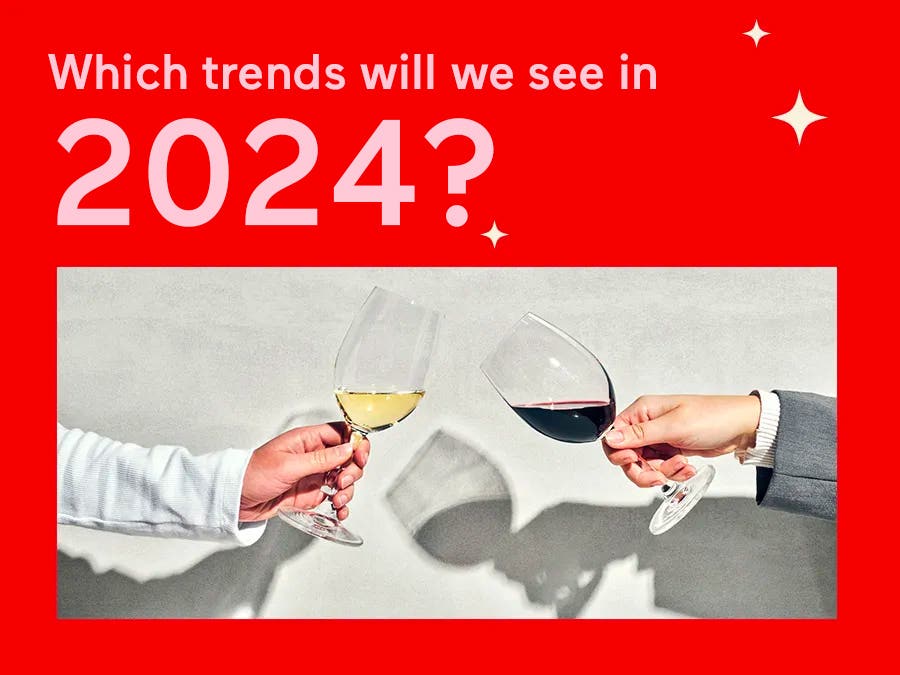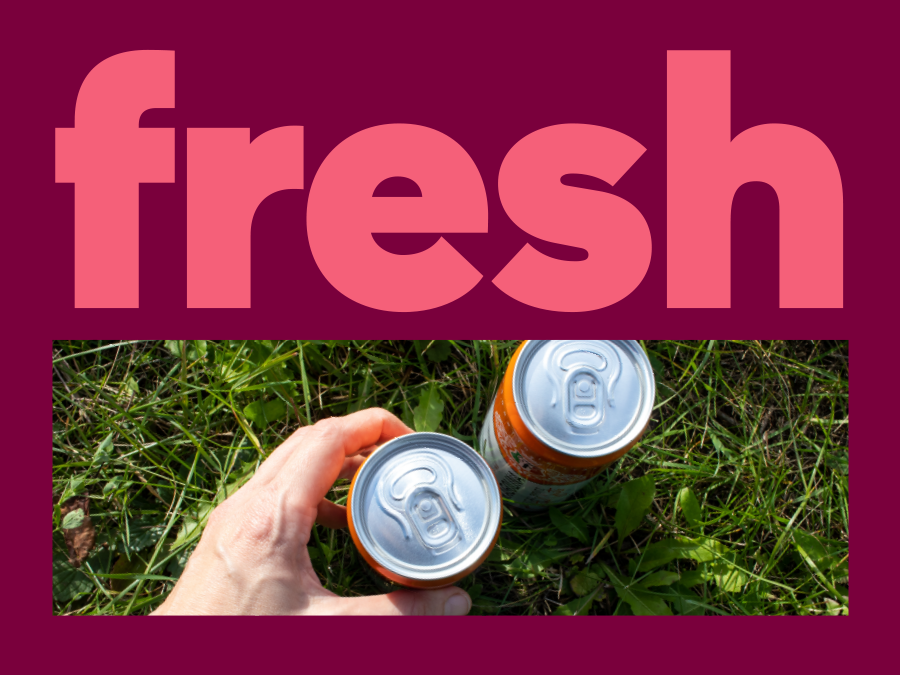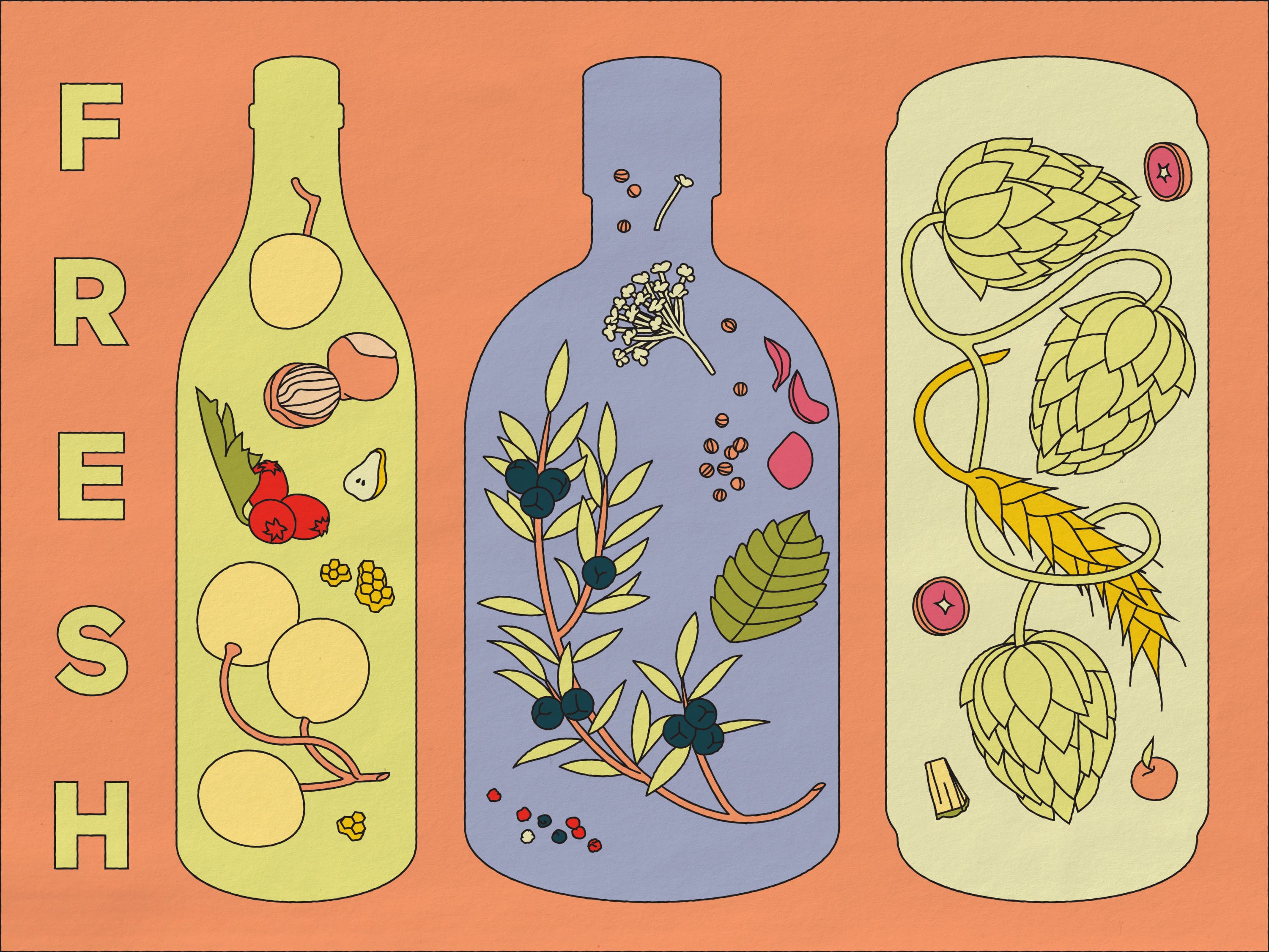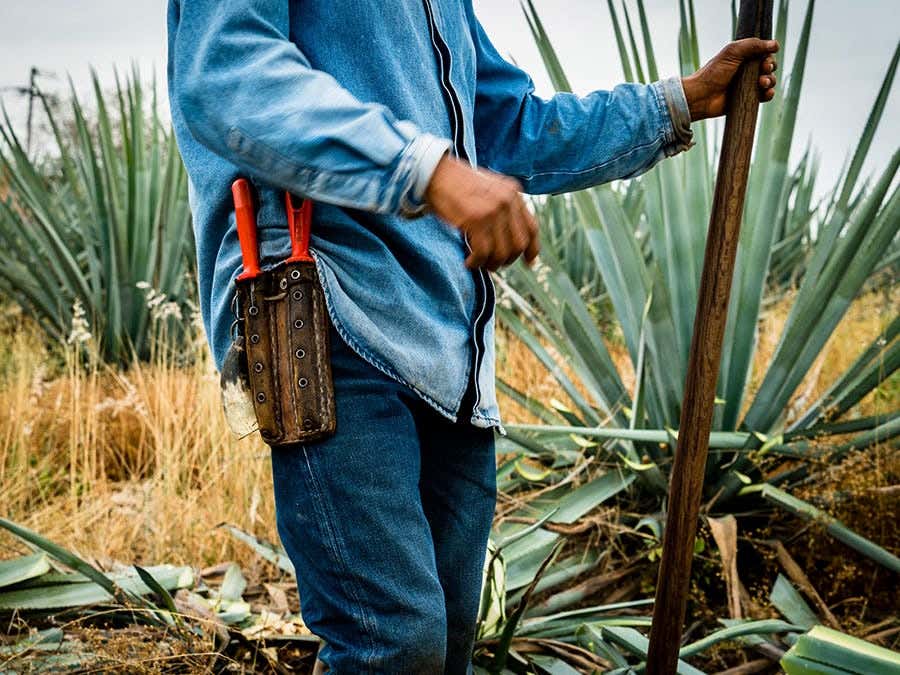Last year, we talked about Nordic wines, lightweight glass bottles, buying local, and piquette. Which trends will we see in 2024? In order to answer this thorny question, we assembled a group of industry experts that included a sommelier, a mixologist and an SAQ employee. But we also wanted to get a feel for what the average person is drinking, so we invited a wine enthusiast!
Let the battle begin!
our experts


HUGO
DUCHESNE
Wine director at Hoogan et Beaufort and Annette Bar à vin, 2nd Best Sommelier of Canada in 2023
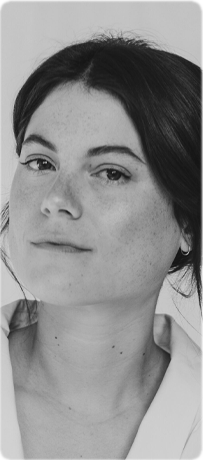
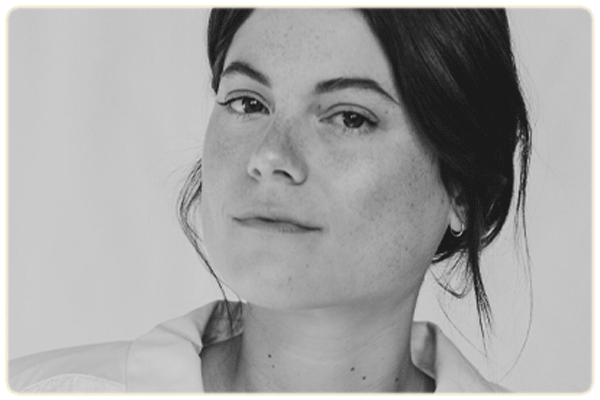
JULIANNE
CÔTÉ
Actress and
wine enthusiast
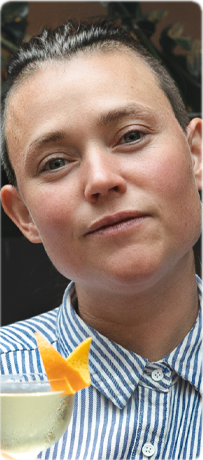

DAPHNÉE VARY DESHAIES
Consultant in the
bar scene
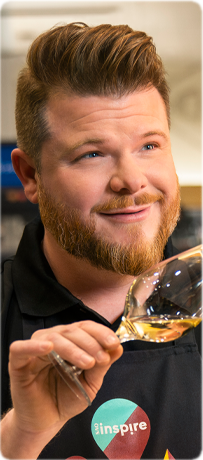
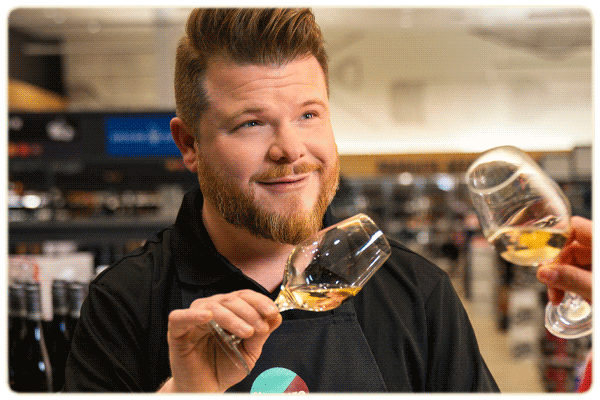
SAMUEL
DUBOIS
SAQ employee at the Papineau-Crémazie store and host of SAQ by ITHQ workshops
Let’s open things up with the million-dollar question: Will we be reaching for red or white wine in 2024?
Hugo: White wine is soaring right now. We’ll be reaching for textural whites and light reds. And we’ll continue to explore orange and skin-contact wines. We’ll embrace all the colours and change with the seasons.
Julianne: Since we have four distinct seasons in Quebec, we don’t stick with one type of wine. I think people still prefer white, but the colder weather has me reaching for a nice glass of red with a comforting stew.
Daphnée: White. From what I’ve seen, people have always ordered more white than red wine. At restaurants, people sip white wine with the appetizer and switch to red for the main course. And in bars, and at private events and happy hours, white wine is always the winner.
Samuel: I think the overall preference is still for red wine, but there’s certainly been a growing interest in white. In the past, when it came to premium wines, you’d automatically think of red wine. Today, reds and whites are almost equal when it comes to interest and quality recognition. Now we want to pair white wines with our meals just like we’d do with reds.
Is orange wine a dying trend?
Hugo: I think the trend has died because people are better acquainted with orange wine now. It’s not new anymore, so it’s gone beyond a trend. Based on what we’re currently seeing, its popularity is here to stay. Orange wine isn’t a new product. What surprised us was the surge in popularity that renewed people’s interest in it. Skin-contact wines are good. They can be paired with a wide range of dishes and they age well.
Julianne: I think its 15 minutes are over. We’ve moved on. Before the pandemic, all people wanted to buy was orange wine. It was all they talked about. I was always in the orange section of the SAQ. I think people are tired of it now. I find myself drawn to whites with light skin contact that are essentially a subtle orange wine.
Daphnée: I don’t agree. I think orange wine is gaining popularity. The average Quebecer is starting to ask questions and showing an interest. I think it’s a category that’ll continue to grow.
Samuel: I think Montreal is kind of an epicentre of orange wine. I’ve noticed that the category isn’t very popular in my store in Montreal, but I feel that it’ll be a hit in other areas and with other consumer groups. There’s a butterfly effect happening.
Are natural wines here to stay?
Hugo: We’re steadily moving towards more natural wines because we want wines that taste like their region of origin. And low intervention wines, also known as clean wines. And wines that are produced locally and cause less pollution. People who love natural wine will always love it. The more atypical [so-called funky aspect owing to volatile acidity, oxidation or mousiness, which fans often seek out] or rougher types will be less popular. A natural approach is always in style.
Daphnée: I’d like to think they are! Early on, when I talked about natural wine, people would say, “I hate natural wine!” Now they’re asking me for it. I can see the change among my customers.
Samuel: I think it’s becoming more refined. France even introduced a new Vin méthode nature certification. This used to be a very niche category, but now all kinds of consumers are asking me for natural, organic and biodynamic wines. It’s part of a growing desire to show more respect for the environment and take better care of our health. But that doesn’t mean atypical wines are the answer. People want the best of both worlds.
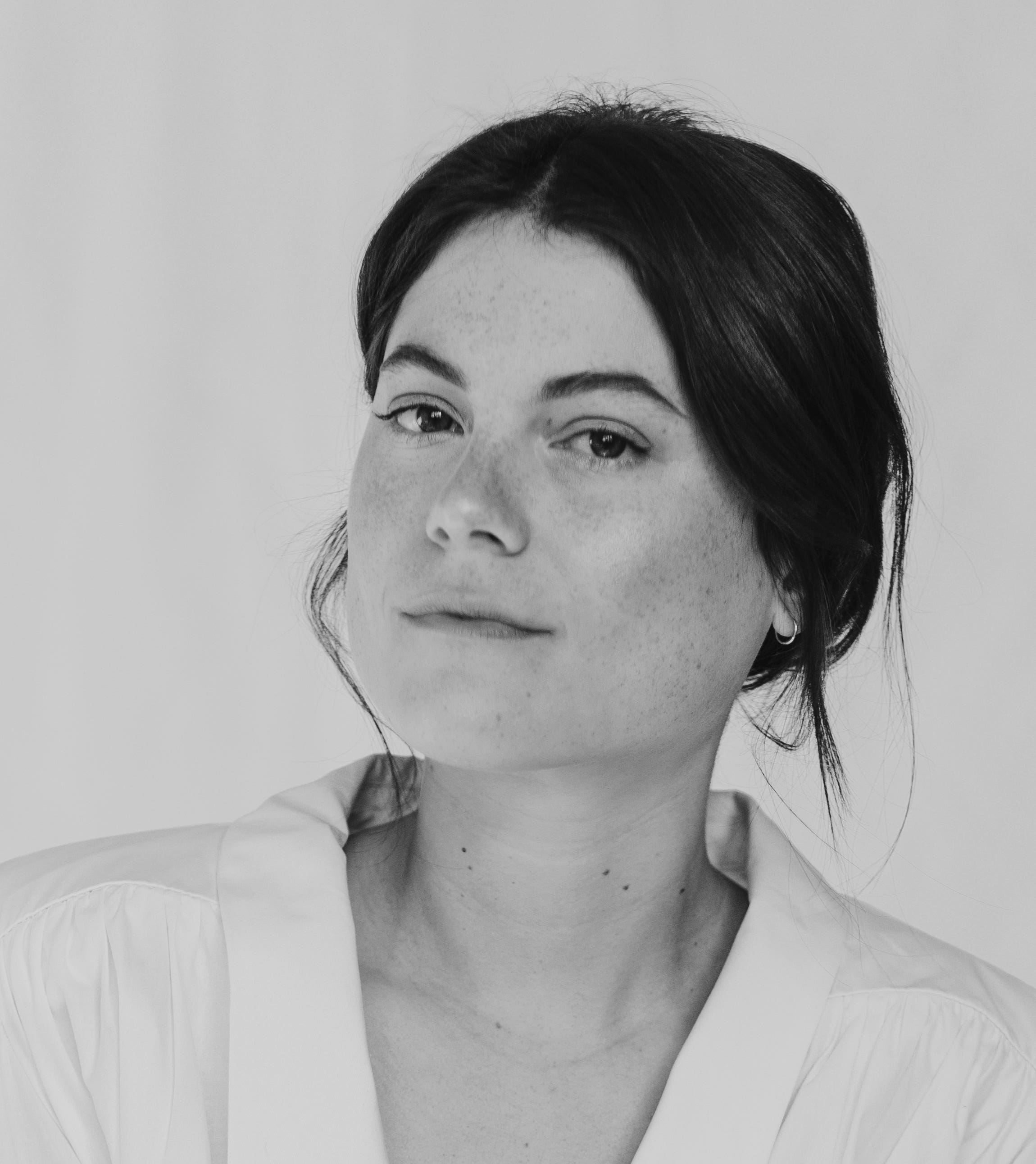

"I think so. I like that they’re slightly fizzy, traditionally made, and rare. I see buying wine the same way as I see buying meat. Buy less, but buy better. The planet is slowly dying—we have to take care of it. This is a way to appreciate wine in its purest form and make it in a way that’s earth-."
— Julianne Côté
Which region should we keep an eye on in 2024?
Hugo: We saw uptick in wines from Greece, especially those from Santorini. Then it was the Canary Islands and Sicily. And what’s happening now in Sicily, the Etna region in the northeast, Vittoria in the southeast, and Marsala in the west is astonishing. The Penedes, a northeast region Spain along the Mediterranean, is producing amazing wines—rosés, fortified wines, and sparkling wines. In Quebec, we like to stay local.
Julianne: The Rueda region in the Duero Valley, and the Verdejo variety in particular. I love Lirondo. It’s a great example of a Verdejo. It delivers the taste that I’d expect from that variety. I’m also trying to buy more local products. We have great products in Quebec. Our ciders and wines are every bit as good as any in the world. I used to be a little biased against Quebec wines, but now I’d really like to explore them a bit further.
Samuel: Certain regions, such as Sicily in Italy, are very hot right now. So many producers there are making wonderful things happen, like Cos and Gulfi, for example. I’m not sure if the trend has peaked, but the wines produced in Etna are fantastic. By the way, we’re preparing a new trend workshop at the ITHQ with a focus on wines from volcanic regions like Etna, Vesuvius, Santorini, Auvergne, and the Canary Islands.
Are cans here to stay?
Hugo: The packaging is attractive and bringing a six-pack to a gathering in the park is fun, but I don’t think the trend will carry over to wine. Winegrowers that are producing organic and natural wines seem to prefer lightweight glass bottles.
Julianne: I like them. I find them cute and festive. Aluminum can be recycled almost infinitely, which is fantastic. I like how practical they are. You can pop a few cans in your backpack and set off on a hike. I love the Lieux Communs cider with Labrador tea and the Amour Liquide range of cocktails. I’m also a big fan of Walter‘s Bloody Caesar in a can!
Daphnée: Definitely. I think they satisfy a demand and they do it well. However, we can’t compare apples to oranges. When I go camping, packing a few cans of orange wine or Espresso Martini makes me happy. They’re very practical, but they can never compete with a cocktail made in a bar.
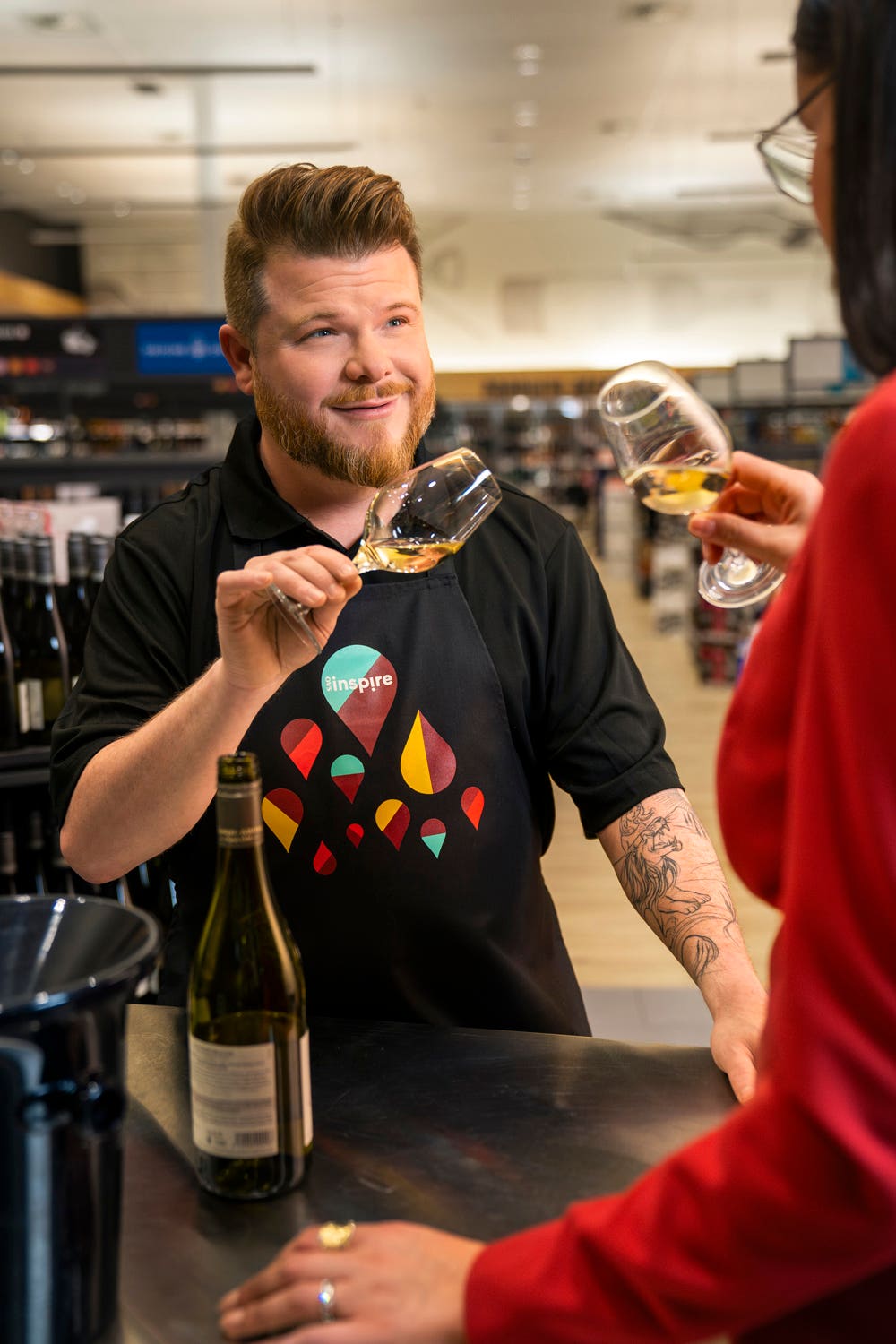

"Yes, 100%. Purists aren’t fans of them, but on an eco-friendly level, they’re lighter, easier to transport, and easily recyclable. Plus, the price of wine bottles has gone up quite a bit. In Europe, cans are very trendy. I tried a can of Meinklang orange wine and really liked it. I also feel that BIB (Bag-in-Box) wines will become popular again."
— Samuel Dubois
Have low-alcohol options taken off?
Hugo: During this year’s Best Sommelier of the World competition, contestants had to craft non-alcoholic beverages. Restaurants now offer non-alcoholic beers, mocktails, kombuchas, and premium teas that both smell and taste great. However, alcohol-free wine isn’t there yet. There are a few options, but they haven’t really been a hit.
Julianne: Yeah, I think they’re here to stay. During the pandemic, many people went to the other extreme and poured themselves a glass too early in the day. Now I feel that we’re regaining control. I think this category is growing rapidly and will maintain that momentum.
Daphnée: Oh my God! If you asked me what the trend would be in 2024, I’d definitely say “No & Low” products. Offering a range of alcohol-free cocktails is a must. I’m very happy that we expanded this range of products. A few years ago, if you wanted an alcohol-free drink, the options were a virgin Caesar or a virgin mojito. Now you can find alcohol-free cocktails that are as good as those made with alcohol. Alcohol-free is here to stay and will only grow in popularity. The low-alcohol spirits category has taken off in a really big way. I just finished writing a cocktails book [slated for release in 2024], and I was able to include alcohol-free versions of each recipe.
Samuel: We’ve certainly noticed a higher demand for low-alcohol wine, but not necessarily for alcohol-free wine. However, I find that the range of ready-made cocktails and low-alcohol beers is getting better and better. I always make sure my home bar has an alcohol-free mocktail option for guests. I add a pinch of love to make it even better!
Let’s talk about the rise of sake.
Hugo: I think sake has been gaining popularity for a while now. There are more and more locations that only serve sake. You can even order a glass or bottle of sake in wine bars. I’ve even noticed that sake has featured in more competitions and training sessions at the SAQ.
Julianne: I know nothing about sake, but I love it. Whenever I’m in a restaurant that serves it, I’m tempted to try it. I was familiar with hot sake and then discovered cold and cloudy sakes. I don’t know much about it, but I’d really like to learn more.
Daphnée: It’s a growing category. When we opened Nomi in 2022, sourcing sake was very challenging. Back then, only restaurants could order it, but now more people are interested in it, and I’ve noticed a wider range at the SAQ.
Samuel: There certainly is interest. I think the product range is growing. We used to have only Black & Gold and Hakutsuru, but that’s all changed. Even the sommelier and renowned harmony creator François Chartier developed a sake! Everything points to it gaining even more ground. It’s certainly a world that I want to explore because there are great products out there. There’s so much more to Asian food than sushi, so we can get even more creative with what we pair with it.
Are we excited about mezcal?
Hugo: In recent years, we’ve seen a growing interest in mezcal, tequila and sotol. I think the trend will continue and it’ll become even more popular. It’s been adopted by Quebecers and there’s no sign of that changing.
Julianne: I don’t like it. I think it tastes like burnt rubber. But the mezcal old fashioned and mezcal negroni have been popping up on cocktail menus. I can see that it’s becoming more popular, but sadly, it’s not for me.
Samuel: I’ve seen a huge increase in demand for tequila and mezcal in the store. This includes Quebec-produced agaves. These products are more expensive, but they’re very high quality.
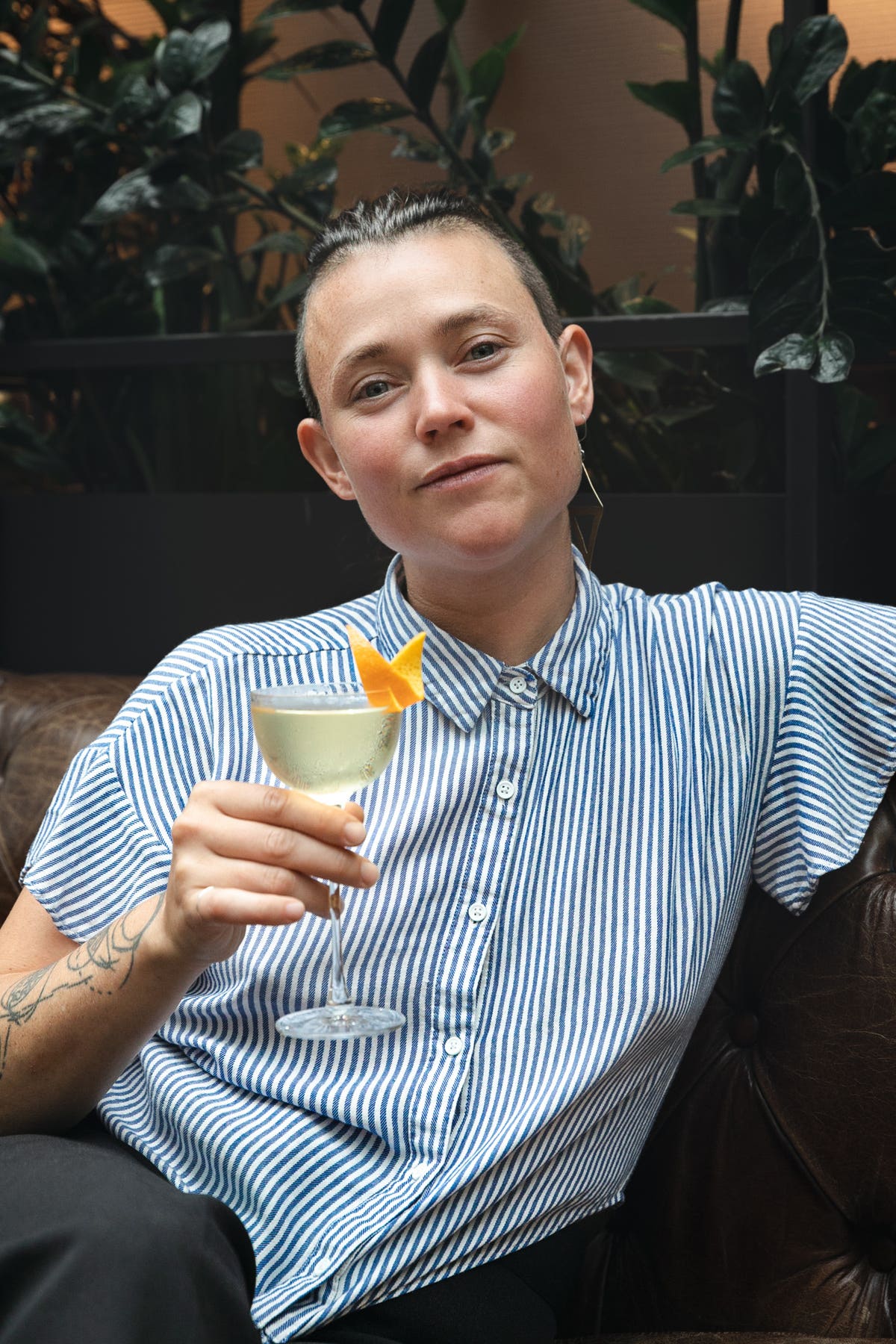

"I really love agave! I travel to Mexico a few times a year. I’m pleasantly surprised by the selection available at the SAQ these days. It shows that there’s an interest, but I think we still have a ways to go in getting the message out about how it’s made and how to choose a mezcal and assess its quality. Look for “artisanal mezcal” and “ancestral mezcal” on the label and check which kind of agave was used. Espadin is the most commonly used agave, but there are several other varieties, too."
— Daphnée Vary Deshaies
Will we be popping Prosecco or Champagne?
Hugo: Champagne. If your question was “cava or Champagne?,” my answer would be different. Prosecco isn’t necessarily bad, but its use is limited. The Charmat Method involves fermentation in closed tanks and the bottles are not rotated to move the lees. Fans of sparkling wine find that lees aging, reduction, and stirring create complex aromatic layers. You can find cavas that were aged for 5 years on the lees for $27. You can pick up ancestral Champagnes for about $60. The land and the vines have been perfected, little to no dosage liqueur is used and the result is often quite dry (Brut).
Julianne: I think we’ll move away from Champagne and choose sparkling Chenins, cavas, PetNats, and crémants instead. I started exploring these options a long time ago. Naturally, I like Champagne, but I think it’s time we looked at other types of bubblies. It would be great if cava became known as a celebration go-to in the same way as Champagne. I find it just as festive and delicious.
Daphnée: Naturally, my answer is influenced by the fact that I work in high-volume locations. Sabering a bottle of Champagne during a meal is always fun, but people will focus on more accessible choices, especially in light of today’s economy. I think we have really great products on offer.
Samuel: Prosecco is still really popular, but I don’t think Champagne can ever be replaced. When you show up with a bottle of Champagne, you make a statement. It benefits from a mystique that prosecco and other classifications don’t have. If you bring along a $100 franciacorta, it won’t have the same effect. I like guiding customers who are looking for something more refined towards the cava and the eight crémant classifications, some of which are spectacular. And the quality/price ratio is an added bonus.
Which cocktail will be big in 2024?
Hugo: I’ll be focusing on neo-modern cocktails like the Naked and Famous, which is made with equal parts (¾ of an ounce) mezcal, a bitter aperitif, Yellow Chartreuse, and lime juice.
Julianne: From what I can see, there’s a renewed interest in the margarita. My friends and I often make frozen margaritas or spicy margaritas. I’d be so happy if the lychee martini took over the world again.
Daphnée: Over the past few years, we’ve seen more cocktails inspired by the 1980s and 1990s. I’ve noticed a huge upsurge in interest in the Amaretto Sour. I even integrated the cocktail into my menus. It reminds me of my formative years at Le Skratch, in Laval. This cocktail has a bad reputation, but if you can master it, it’s very cool.
Samuel: I really like cocktails that contain vermouth. I like revisiting classic cocktails like negronis and Manhattans and opening them up with a dash of sparkling water.
What’s THE trend to watch in 2024?
Daphnée: Alcohol-free and low-alcohol drinks, without a doubt. Beers, ready-made drinks, and cocktails. The wines aren’t quite there yet, but I think the demand is increasing.
Julianne: White wines with light skin contact.
Samuel: This might not be the most original answer, but it’s a combination of several trends, such as selecting producers whose work shows a respect for nature and for their product. This approach is here to stay. More than ever, it influences our customers’ purchasing decisions. They want to know how it was produced and who the producer is. People used to make a choice based on the taste. Now that’s no longer enough.


"When it comes to wine, I think we’ll turn towards light reds. Intense skin-contact rosés, essentially. We want the aromatics of a red, the acidity of a white, and the tannin content of a rosé. Customers in our restaurant are always asking for light red wines. In contrast, others want textural whites and full-bodied whites that are served slightly chilled. When it comes to spirits, I’ve noticed a definite return to bitter ingredients like Amaro and Aperol, herbaceous liqueurs, digestifs and bitter aperitifs."
— Hugo Duchesne
Which trend can we say goodbye to?
Hugo: Can we say goodbye to the term "mineral"*? The word has been thrown around a lot and doesn’t really mean anything. People should be fined for using the word "mineral" next year. Instead, we could use the terms "non-aromatic," or "cool climate" or "increased acidity."
Daphnée: I’d like it if people could admit they have a sweet tooth. Many people think they don’t crave sugar, but the most popular cocktails are the espresso martini, the Pornstar Martini, and the Amaretto Sour, and they’re all very sweet. A trend that I’d like to see the back of is people asking for sugar-free cocktails. In order to make a balanced cocktail, you need a little sugar for taste and to counteract the acidity.
Julianne: Espresso martinis! Bye, bye! RIP. And overly strong orange wines that are heavily oxidative. The heavy hitters. We’ll move on from both trends.
Samuel: Natural wines that are much too unusual and described as “funky.” We’ll no longer accept wines that were not mastered or refined.
*Samuel is also planning a workshop that will demystify the famous term “mineral” once and for all. Stay tuned!
Related Posts
-
Read more
Are we seeing the end of glass bottles? It started with beer, then ready-to-drink cocktails—now, wine is starting to appear in aluminum cans, too. Are we ready to go all in on this new trend? We spoke about it with two experts for this edition of Fresh!
-
Read more
Fresh is a new series of articles that explores the latest trends in the world of wine and spirits. Low-alcohol products are all the rage right now, so we asked experts for their pro tips for enhancing the flavour of cocktails that are made with them.
-
Read more
Beyond the Margarita, the popularity of this Mexican gem comes in many great varieties.
 Free in-store delivery with purchases of $75+ in an estimated 3 to 5 business days.
Free in-store delivery with purchases of $75+ in an estimated 3 to 5 business days.
